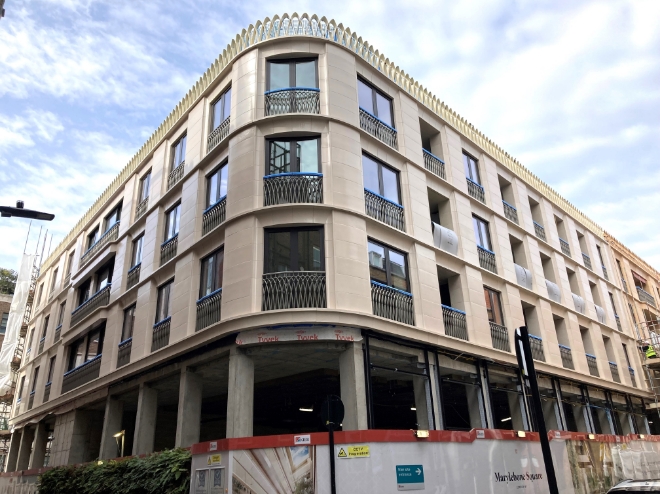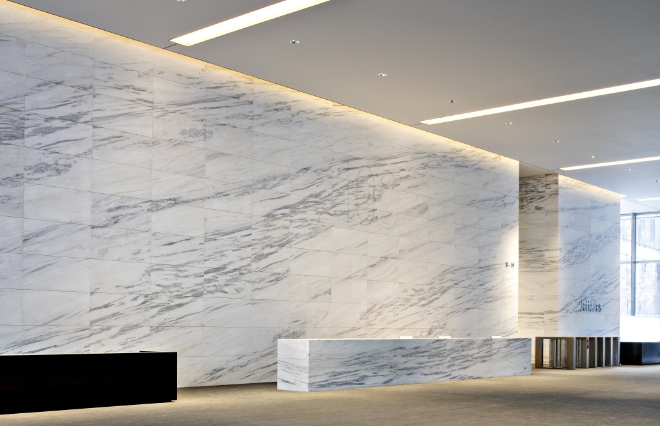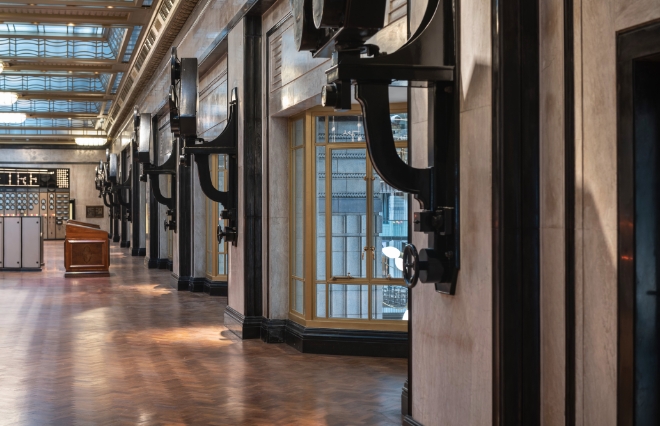History
1800’s
1803 – Captain Nicholas Charles Szerelmey Born
Captain Nicholas Charles Szerelmey was a Hungarian Colonel serving in the Austro-Hungarian army. Born in 1803, he was an inventor, caricaturist, printer, engineer, explorer and an academic who was widely travelled and spoke several different languages. He had a passion for archaeology and was particularly interested in ancient buildings. Being appointed to a commission to investigate the reasons for the decay of stone in certain fortresses, he travelled to the Middle East and Egypt where he was greatly impressed by the techniques they used to preserve their monuments.
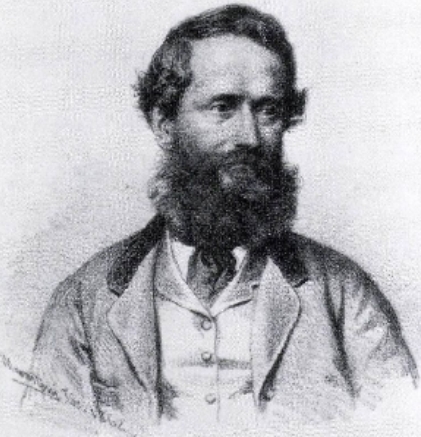

1850 – Founded First Company
Following his travels which took him to America, Scandinavia and finally Europe, Nicholas arrived in London in 1850 and founded a company to manufacture his new resin-based inventions. He leased a shop on Oxford Street displaying the products from his workshop in Battersea, where he would perfect his restoration and preservation processes.

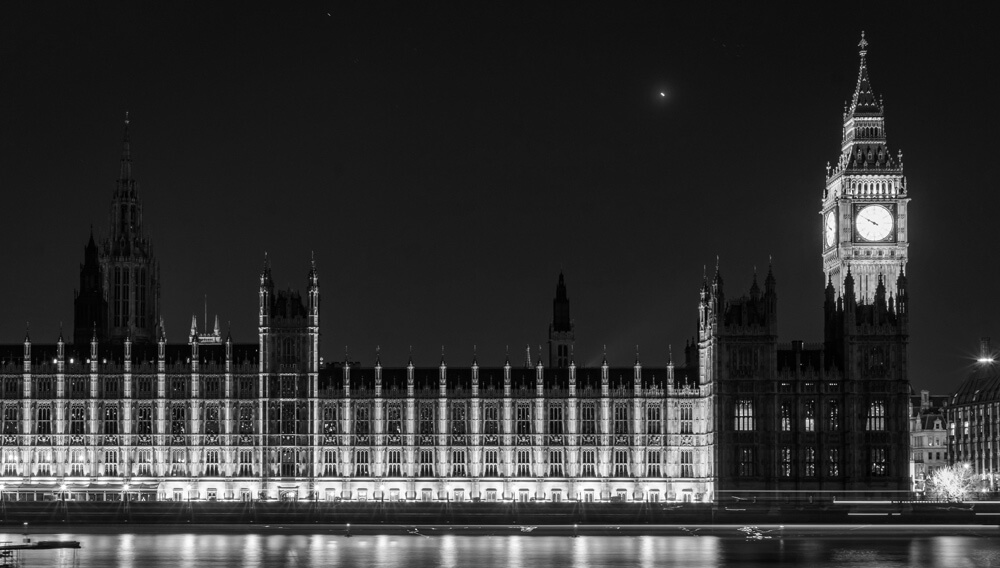
1855 – Szerelmey’s Technique
In 1855, following a competition, the architect Charles Barry and the scientist Michael Faraday both recommended Szerelmey’s pioneering restoration techniques for use on the newly-built but already decaying Houses of Parliament. After two years of trials both Barry and Faraday deemed Szerelmey’s technique to be a success. This was arguably the birth of the modern restoration and maintenance industry.
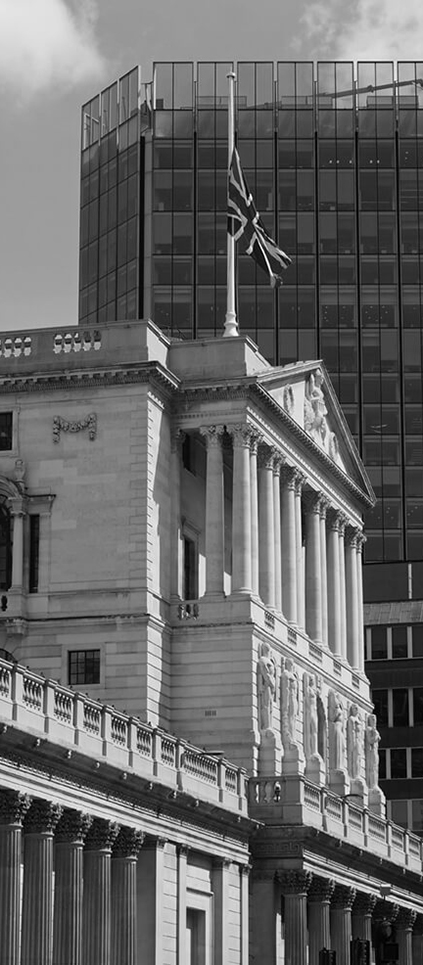
1862 – World Expo
His zopissa range of products included paints, sealants and bonding cements, used internally at St Paul’s Cathedral and the Bank of England. In 1862 Szerelmey presented a series of technical inventions at the World Expo in London, the following year the London Underground opened with its iconic Victorian faience and brick facades. The company now leads the way in faience and terracotta cladding innovation.
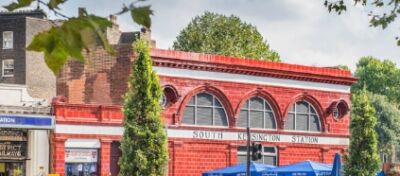
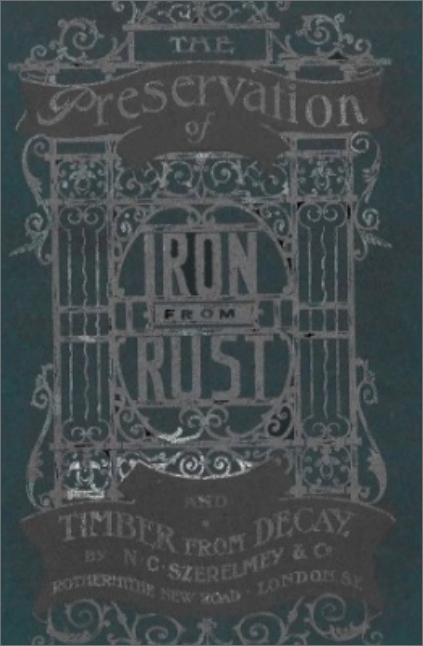
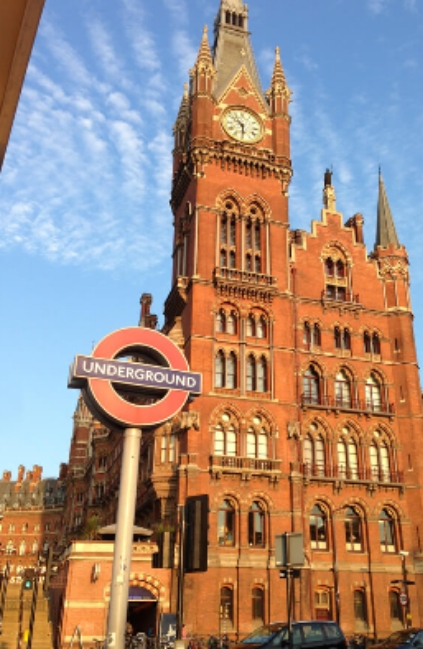
1874 – Nicholas Szerelmey’s Retirement
Nicholas Szerelmey retired in 1874 and died in 1875 in Hungary where his mausoleum still stands. The same year the company N C Szerelmey & Co was incorporated, and continued developing their products.
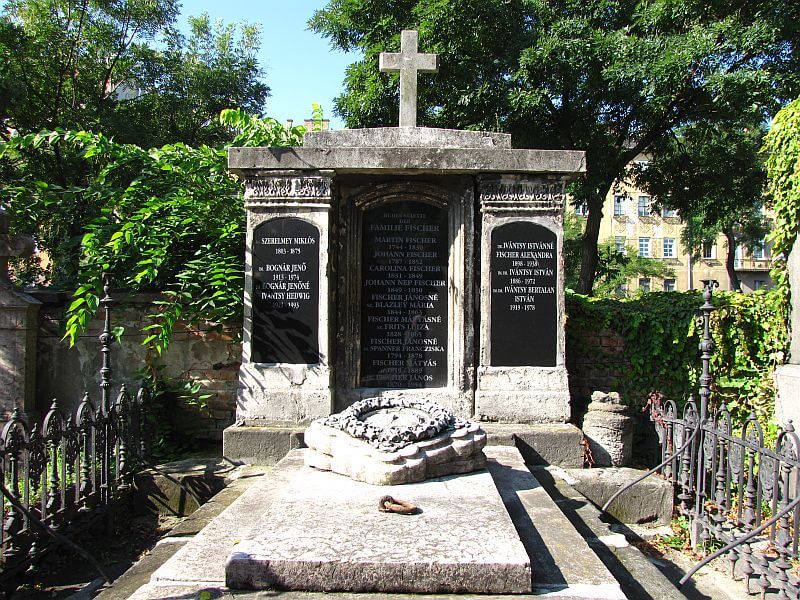
1874 – City Temple Constructed
Szerelmey Stone Liquid was released shortly after. In 1874 the City Temple, Holborn was constructed – Szerelmey went on to clean and restore the building in 1998. During these years the company also produced a number of industry and sales manuals such as the Cause and Cure of Damp and Decay in 1894.
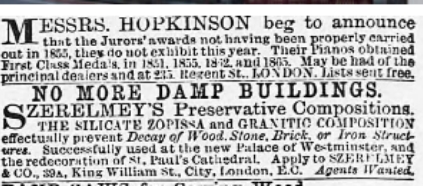
1885 – Working with John Loughborough Pearson
Gothic Revival architect John Loughborough Pearson, well-known for Truro Cathedral, worked with N C Szerelmey and Co to restore the medieval Grade I listed Stonebow in Lincoln, as well as further work in 1930-31. One of J L Pearson’s key projects was St Peter’s Church which sits directly opposite our current offices in Vauxhall. Also in 1885, the Royal College of Music was officially opened; Szerelmey restored the building three times between 1974 and 2001.
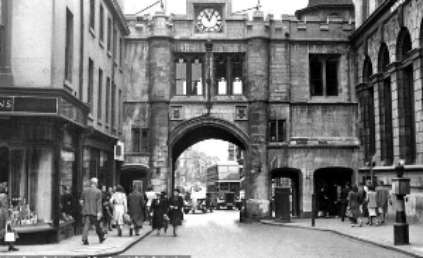
1900’s
1916 – Lead-Free Alternative Paint
At the turn of the millennium the Company had expanded and continued to flourish; their products being used from the USA to Australia. At the outbreak of the First World War, the Company was run by Henry Taylor and Arthur George Cunnew. Arthur, a partner in the company, was a manufacturing chemist and in 1916 gave evidence for a Governmental report on the Danger in the Use of Lead in the Painting of Buildings; N C Szerelmey & Co were offering a lead-free alternative paint at this time.
Post war the company remained active across the UK and continued to work extensively in the ecclesiastical sector. They restored Clonfert Cathedral in 1936, New Malden Christ Church in 1939 and Wimbledon Saint Mary Church in 1960. Some time before 1932 N C Szerelmey & Co was dissolved, and Szerelmey Ltd was formed. The company had an office on Rotherhithe New Road, Bermondsey, at this time.
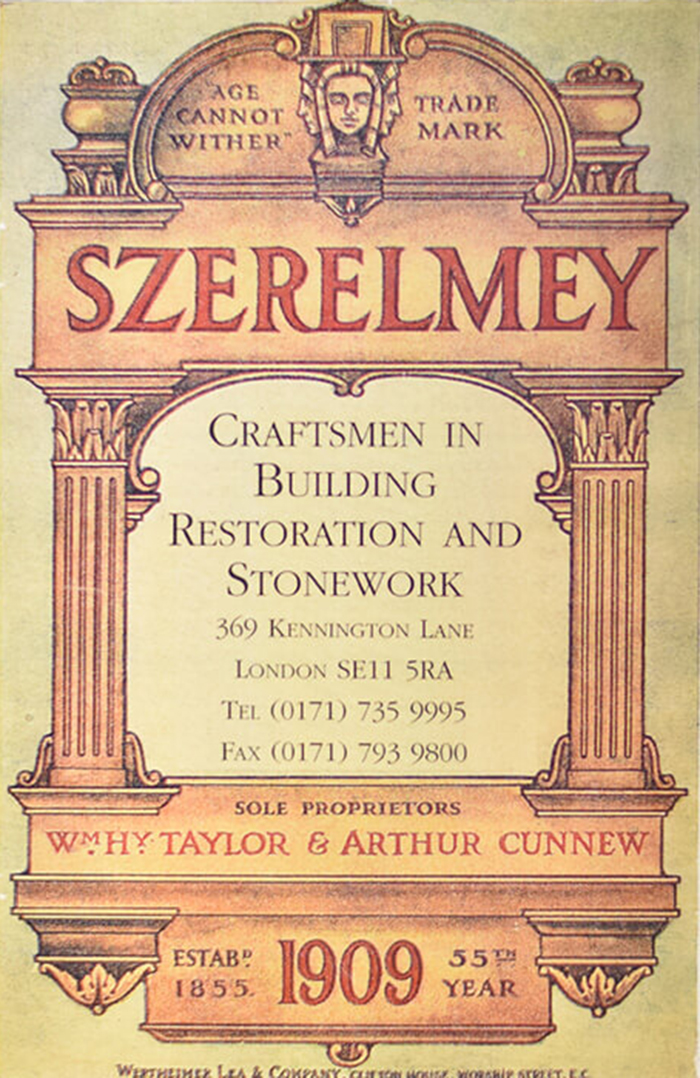
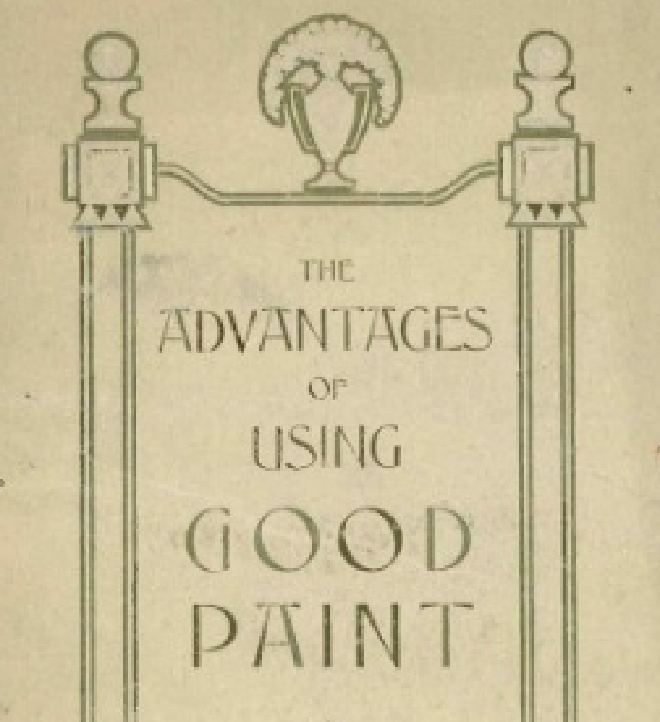
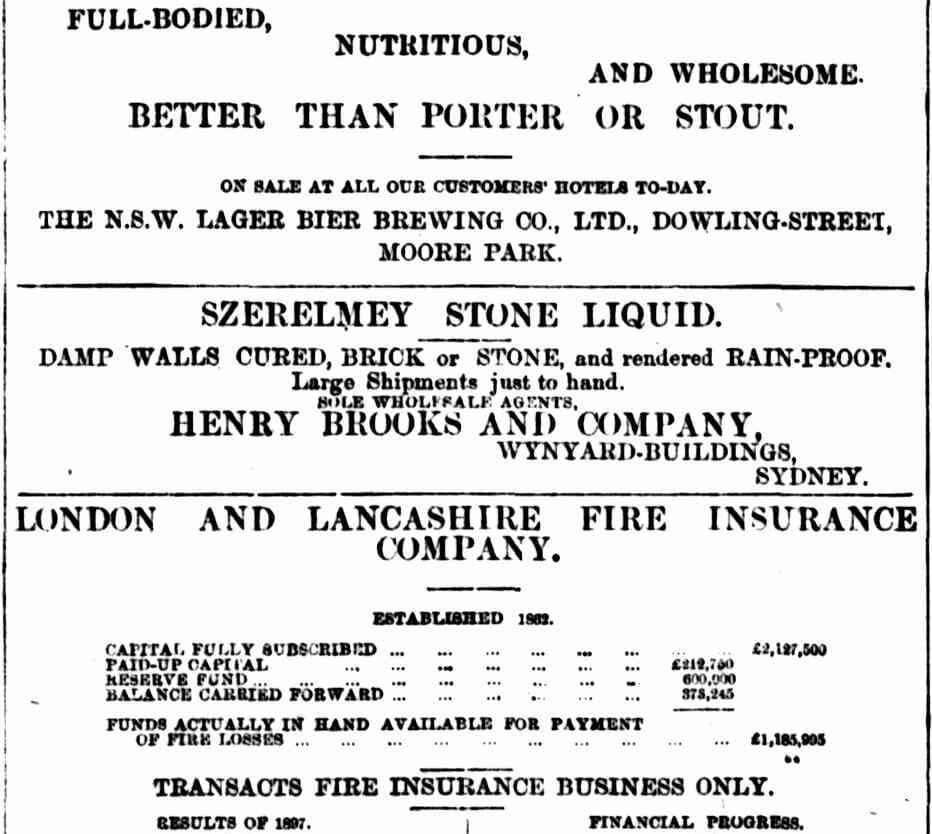
1925 – Testimonial
In 1925 Szerelmey received this testimonial from a satisfied client: “The Liquid you supplied us with in May, 1915 and used on the stonework of a Church in Southampton, has proved a great success, and after ten years, the work looks well. It appears to have entirely stopped the decay of the stonework.” Geo S Hallum & Sons, Southampton 10th January, 1925.
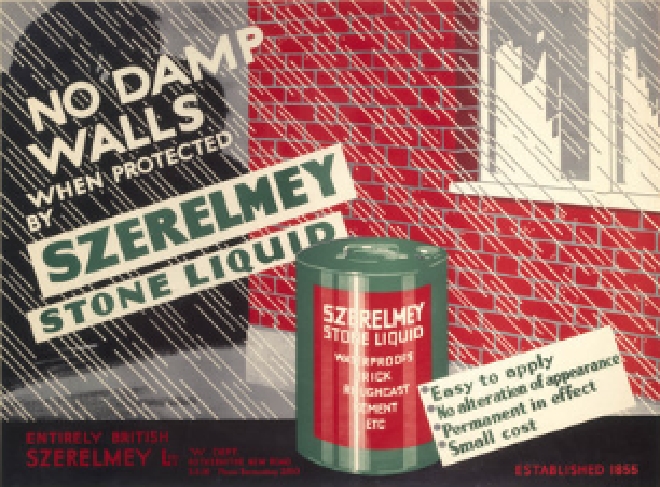
1920s – 1930s – Faience
At this time the use of faience as a building material was flourishing; a favourite of the Art Nouveau and Art Deco periods which saw the greatest heights in the 20s and 30s. Szerelmey have restored numerous faience buildings including Michelin House and many of the London Underground Stations, and also specialise in new build faience.
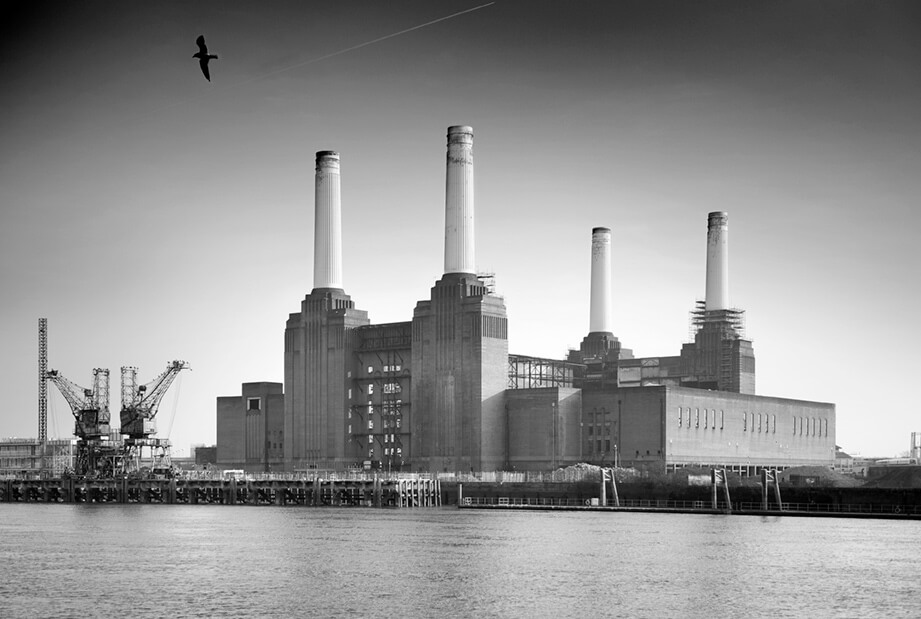
1978 – The House of Parliament Restoration
It was during the 1970s that the company was purchased by the current owner, who continued restoration and heritage work; early projects included Coutts Bank and Alexandra Palace. In 1978 Szerelmey was once again called to undertake the restoration on the Houses of Parliament, the project that founded Szerelmey in 1855, and restored the river-facing facade of the building.
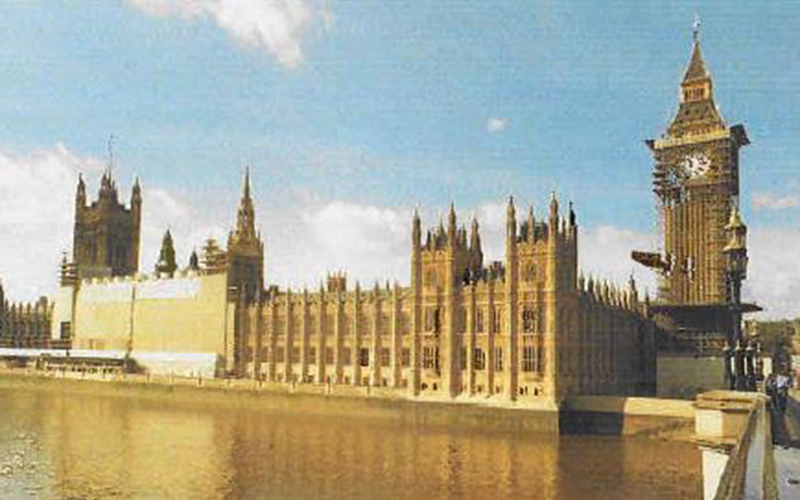
1980s – New Build Stonework Service
During the 1980s Szerelmey extended its services to include new build stonework operations and around the same time the company opened its own stone cutting yard in Battersea. Stone blocks were delivered here, worked on and delivered to site. The cutting yard was eventually closed after some years and the company moved from Battersea to Vauxhall, while continuing to deliver restoration and new build stone projects. The Restoration team continued to bloom during the early 80s.
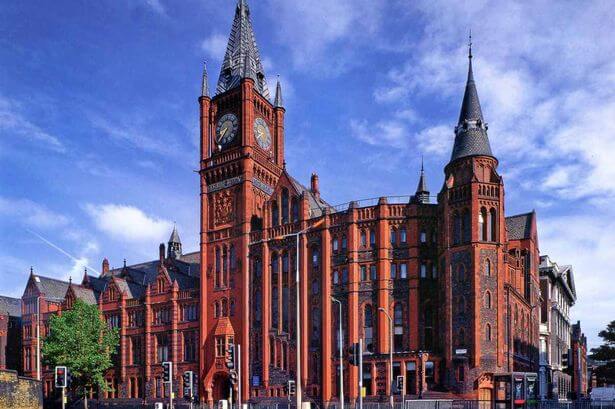
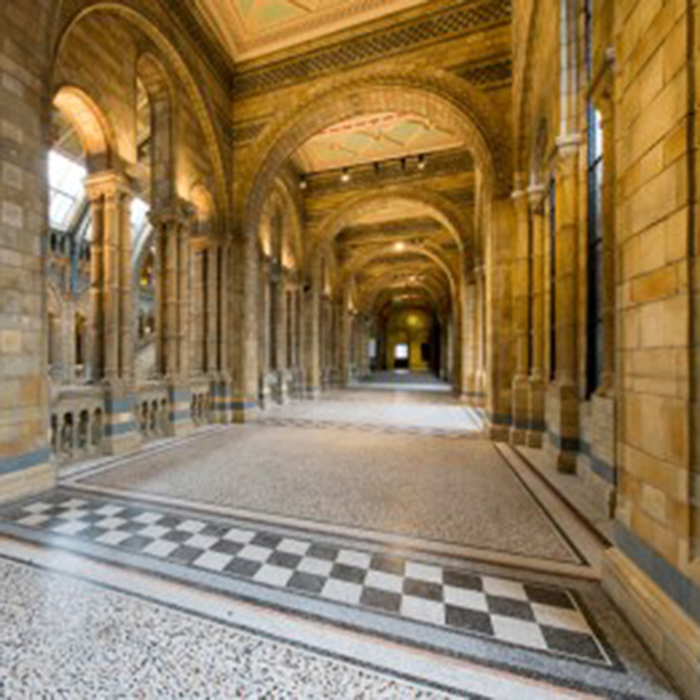
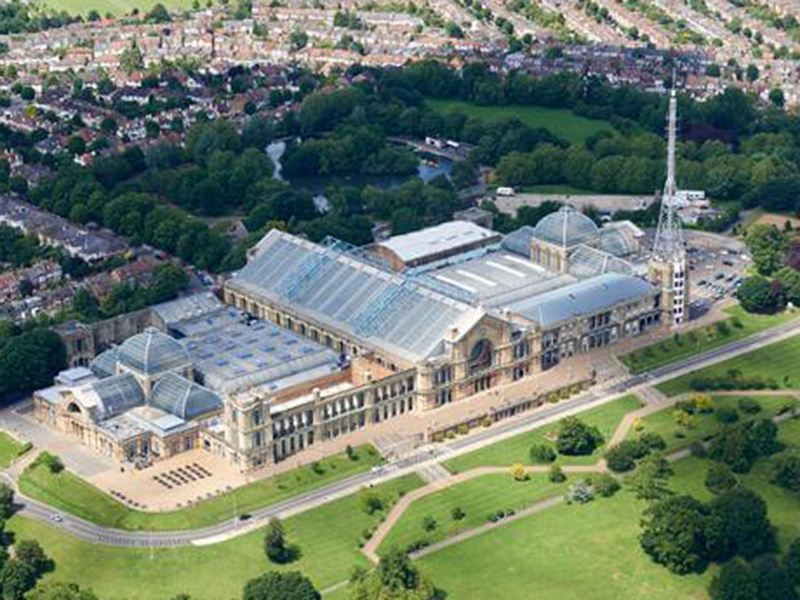
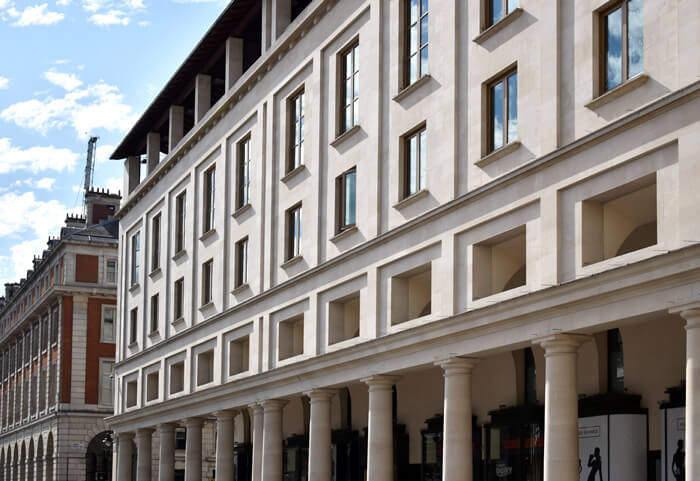
Mid 1990s – Szerelmey’s New Office Location
The company moved to its current offices in the mid-1990s which provides extensive office space and two yards for large scale mock ups and material testing. Among the many projects delivered during the 1990s was the repair and refurbishment of the former Bankside Power Station to accommodate the Tate’s modern art collection, the installation of two new elevations for the Royal Opera House, and works to the West Gate and St Thomas’ Tower at the Tower of London.
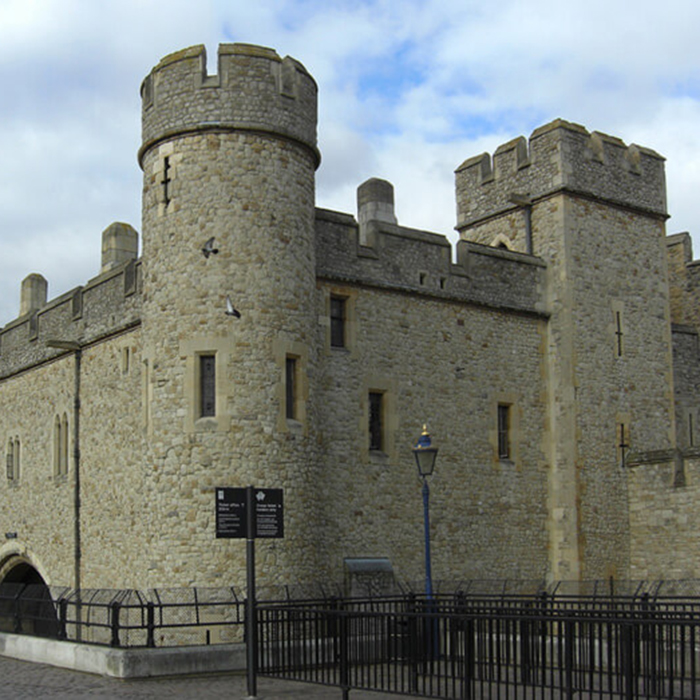
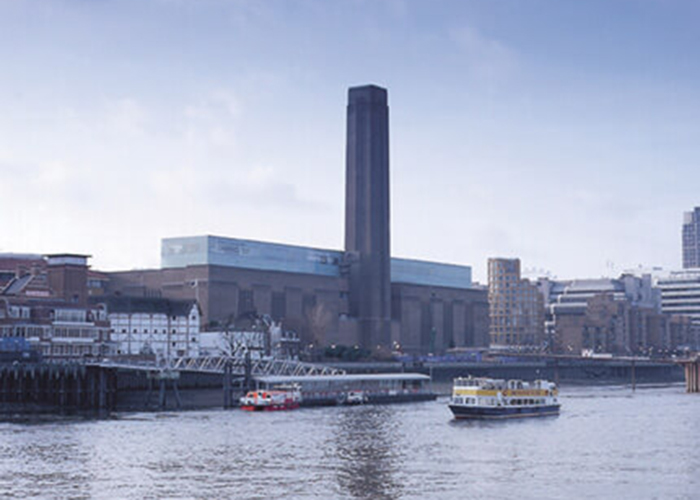
2000’s
Early 2000s – Expansion
By the early 2000s due to the expansion of the company, separate divisions were created for Szerelmey Restoration, Szerelmey Ltd and Szerelmey GB. Szerelmey Restoration, the heart of the company, continues to restore, refurbish, remodel and repair historic structures across the Capital. Szerelmey Ltd delivers new build projects across the Capital and Szerelmey GB delivers new build projects across the length and breadth of the country. The company added the delivery of high end new interiors and complex hard landscaping to its specialist skills and began branching into additional materials, faience, terracotta, terrazzo, brick, glazed brick, mosaics, pyrolave, stone on precast and precast concrete. By 2015 the in-house Design Department had expanded significantly, now occupying the first floor of the building and adding young designers to the mix of seasoned professionals. Re-investment in the latest design software and training has led to the department’s proficiency in the use of BIM.
2000s – Wedded to Research and Development
True to the innovative nature of Nicholas Szerelmey, the company remains wedded to research and development particularly in the use of structural stone and the design of bespoke fixing systems. We pride ourselves on “no challenge too great” with our design department setting us apart from our competitors.
Adapting and moving with the construction climate as it constantly changes is something the company excels in having the capacity to deliver £20M + projects on a grand scale, while giving the same level of care and expertise to much smaller projects. Through Covid Szerelmey remained open for business as usual, immediately adapting to the ever-changing rules while continuing to deliver on budget and on programme.
2000s – Sustainability Strategy
Over the past few years we have been developing our Sustainability Strategy and increasing our understanding of it. Today we are fully committed to being a sustainable business and working towards being Carbon Zero by 2035. We are measuring, monitoring and recording our data across all areas of sustainability and are encouraging our supply chain to do the same. We recognise that the future of construction is entirely embedded in delivering sustainable buildings the right way and we want to work with our clients to achieve this. To this end our research and development in structural stone to reduce the use of steel and concrete and pre-stressed stone elements to be delivered to site in single, “prefabricated” units is a real driving force, as is developing the most efficient methods for adaptive reuse and repurposing of existing buildings.
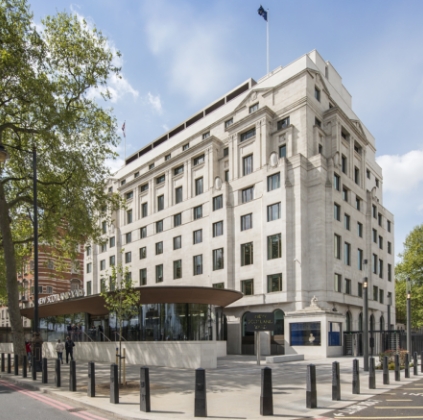
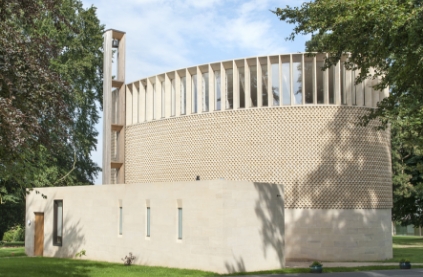
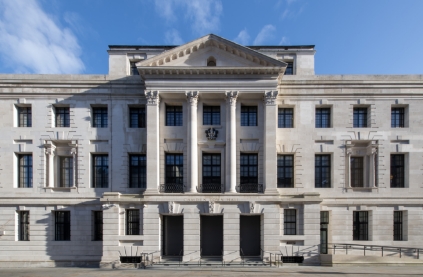
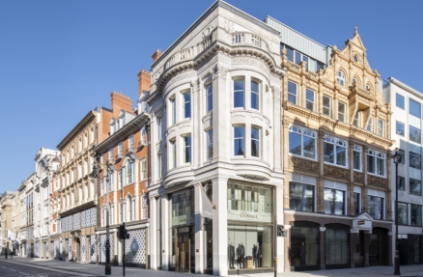
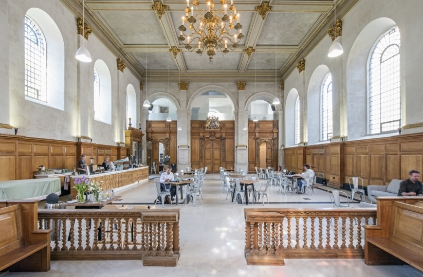
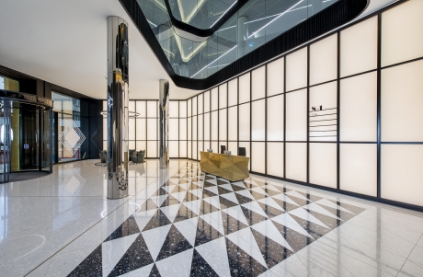
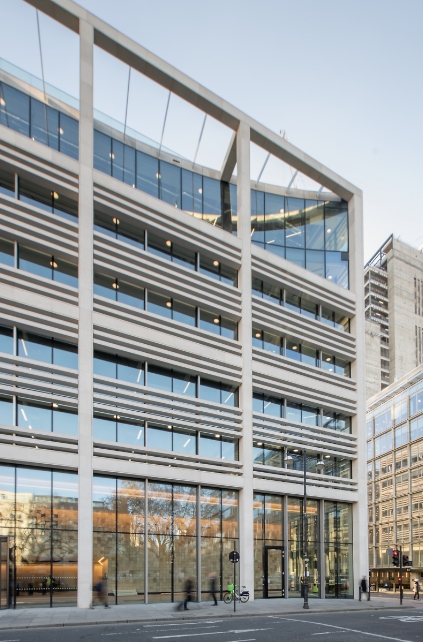
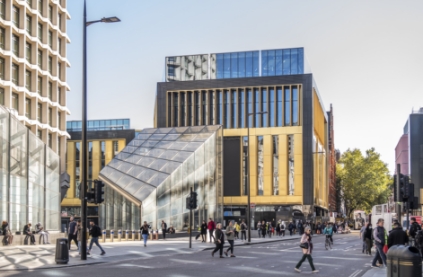
2000s – Recognition and Awards
The company moved to its current offices in the mid-1990s, which provides extensive office space and two yards for large scale mock ups and material testing. Among the many projects delivered during the 1990s was the repair and refurbishment of the former Bankside Power Station to accommodate the Tate’s modern art collection, the installation of two new elevations for the Royal Opera House, and works to the West Gate and St Thomas’ Tower at the Tower of London.
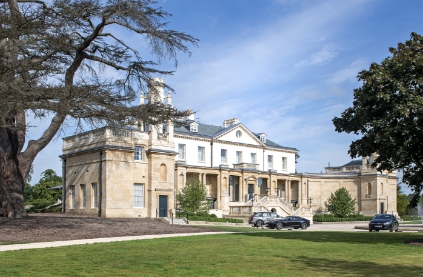
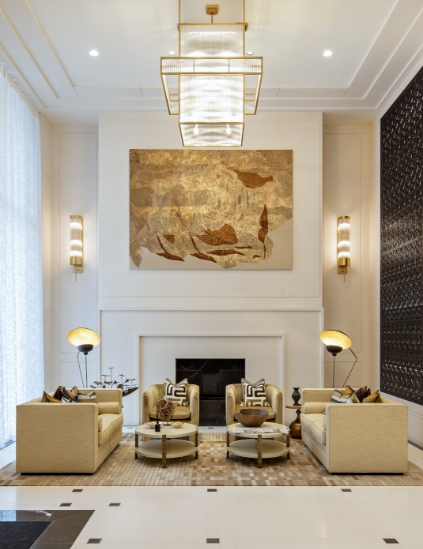
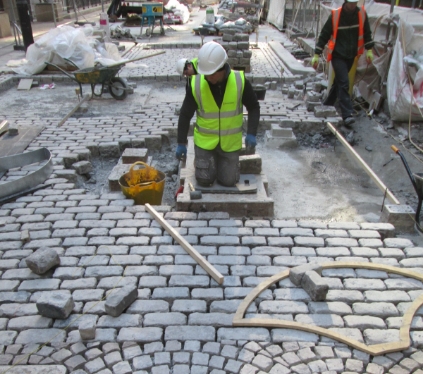
Looking ahead, Szerelmey are dedicated to delivering the highest standard of restoration and new building works in the most sustainable manner possible. The business is actively engaged with the industry in working sustainably and in collaborations with main contractors and our supply chain to this end. With fantastic new projects on our books and in our pipeline, the future looks bright!
